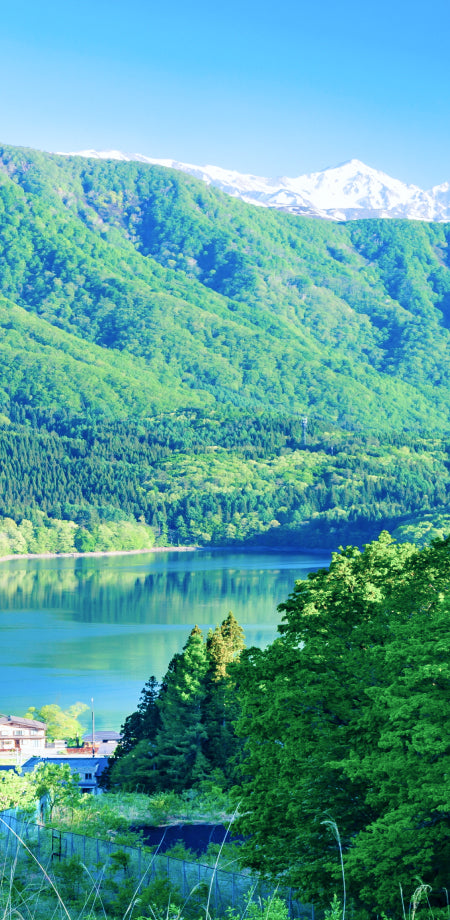投稿日:
更新日:
Be accepted, be close, evolve,Shinshubuckwheat
「ShinshuEven though they say "soba" in one go, the contents are very different.
Traditional flavors protected from ancient times, flavors that evolve through various techniques, and unique flavors born from the climate and climate.
Healthy and longevity Nagano It is the prefecture's representative food culture, full of individualityShinshuWe will introduce you to the world of soba noodles.

Nagano New brand developed by the prefectureShinshuHisui Soba is born
- Beautiful soba noodles with a sophisticated flavor that spreads out
Nagano The new brand was developed over 10 years at the prefectural vegetable flowering experimental center and was born in 2013.Shinshu"Hisui Soba."
Akabane, who emphasized, "It has a beauty and fragrance that has never been seen in the area before," was one of the people who were fascinated by the Soba.

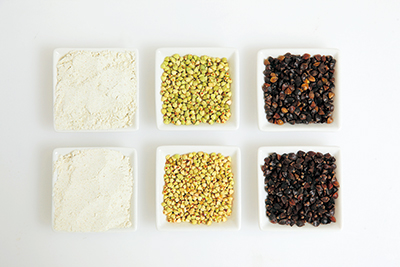
One of the major features is the color. Even if you use the same buckwheat flour, if the green color doesn't come outShinshuThe store apparently has set a rule that it cannot be served as a "hisui soba" item.
Another characteristic is the fluffy almond-like scent. "This aroma is its biggest feature. It has a unique flavor that is different from traditional soba noodles, and goes well with sake as well as wine, so I hope you will try it," says Akabane.
still Nagano It is only available in a limited number of stores within the prefecture.ShinshuThe culture and technology ofShinshuPlease try the charm of "hisui soba".
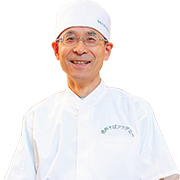
Akabane Shoji (NPO) ShinshuSoba Academy Chairman)
Nagano He has been a master of the prefecture's only All Japan Amateur Soba Maker Tournament.
In 2006, the Soba-making enthusiasts club "ShinshuThe Soba Academy was established and currently has about 70 members.
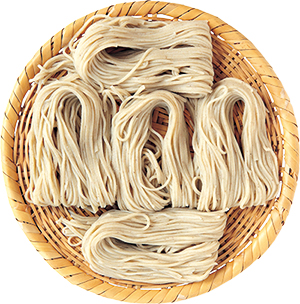
It inherits over 300 years of history,Togakushi Soba
- Culture, climate, water, technology - traditional taste created by the climate
It is said to be one of Japan's three major soba noodles.Togakushi Soba. The way to serve zaru soba, known as "a lone portion," is arranging five or six bunches of soba, is unique to Togakushi, and is said to have come from serving soba to the "bochi" hoshi, who trains alone.
"You can only make a soba noodles that are adjusted in length and served in a lone portion, but you can only make it with a beautifully finished product," says Yamaguchi, who runs a soba restaurant.

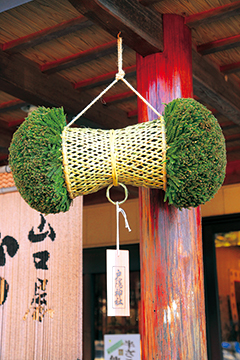
Furthermore, it seems that Togakushi is a unique technique to pour the water without draining it. "This is a method that is considered to be a bad thing in Edo soba, but I guess it's possible because Togakushi is full of both delicious water and well-drained sardines," says Yamaguchi.
Currently, all of the 20 soba restaurants in Togakushi are hand-made and served in a lonely portion. The skills and culture that are accepted and protected have been in 300 years.Togakushi SobaWeaving the history of

Yamaguchi Terufumi (Togakushi SobaYamaguchiya)
He is the owner of Yamaguchiya, located in the Togakushi Chusha district and is well-versed in Togakushi's history and culture.
I started making soba noodles in high school for about 30 years.Togakushi SobaWe also offer soba making experiences where you can learn about it.
COLUMN
Nagano We offer hand-made soba noodles from the prefecture.ShinshuSoba-kiri party"

In order to enjoy safe, secure and honest soba noodles, we have set our own definition and offer carefully selected soba noodles.ShinshuIt's a soba-cut restaurant.
The latest information on certified stores is posted on our website. If you're unsure about choosing a soba restaurant, why not use this as a reference?
「ShinshuThe definition of "Sobakiri no Kai"
One, buckwheat flour Nagano Only in prefecture
Second, the rate of connections is less than 30%
Third, all the processes of making soba are done by hand.
ShinshuSoba-kiri partyhttp://shinshu-sobakiri.com/
Various types!ShinshubuckwheatNEWS
For each regionShinshuThere are a variety of soba noodles. We'll pick out some of them and introduce them. Ginza NAGANO Check out some soba noodles that appear in this site!

Toji (spoon soup) soba [Matsumoto City, Nagawa District]
This hospitality dish is thought to be delicious soba noodles even in the winter, in the Matsumoto, Nakagawa region, a place where the coldest Nomugi Toge is located. A long-handled "tower basket" is filled with small portions of soba noodles, and a pot made with plenty of ingredients such as vegetables, mushrooms, and chicken in a pot made with soy sauce, and the traditional flavor is eaten quickly with hot water.
![Sunkisoba [Kiso area]](https://event.ginza-nagano.jp/wp/wp-content/uploads/2015/11/11.jpg)
Sunkisoba [Kiso area]
Sunki, a pickle made from lactic acid bacteria, is fermented with red turnip leaves and stems harvested in the Kiso region, and is a pickle that is attracting attention as a healthy food that does not contain salt. The refreshing sourness that only Sunki can offer is a reputation for being addictive.ShinshuIt is one of the most famous soba noodles.
![Walnut soba [Tōmi Cityneighborhood]](https://event.ginza-nagano.jp/wp/wp-content/uploads/2015/11/12.jpg)
Walnut soba [Tōmi Cityneighborhood]
Walnuts are attracting attention as beauty and health ingredients. About 80% of domestically produced products Nagano It is produced in the prefecture, and is particularly prosperous in production.Tōmi CityKurumidare soba is also a popular menu item in the surrounding cities and towns. The fragrant and rich flavor and the texture of the walnuts match the soba noodles perfectly.
![Tomikura soba [Iiyama City]](https://event.ginza-nagano.jp/wp/wp-content/uploads/2015/11/13.jpg)
Tomikura soba [Iiyama City]
This is a soba noodles from the Iiyama area, which are made from the leaves of the wild vegetable Oyamabokuchi, also known as mountain burdock, to the fibers that have been carefully made as a connection. This exquisite soba has no damage to the taste of buckwheat flour, and has a 100% soba-like aroma, a unique throat feel that is unique to the splice.
![Gyoja Soba and Takato Soba [Ina City]](https://event.ginza-nagano.jp/wp/wp-content/uploads/2015/11/14.jpg)
Gyoja Soba and Takato Soba [Ina City]
This is a traditional Ina region soba sauce, with spicy grated radish soup added to it, then the grilled miso is dissolved and grated radish and onion served as a condiment. The enzymes in miso neutralize the spiciness of grated radish, creating a mellow taste.
![Shinano Kiriyama Dattan Soba [Nagawa Town Around]](https://event.ginza-nagano.jp/wp/wp-content/uploads/2015/11/15.jpg)
Shinano Kiriyama Dattan Soba [Nagawa Town Around]
It is said that it was eaten by the Tatar people (Mongolian nomads), and is a healthy food that contains rutin (a type of polyphenol) more than 120 times as much as regular soba noodles. The noodles boiled yellow do not have the bitterness or impurities of traditional dattan soba, and are characterized by a slight sweetness.















